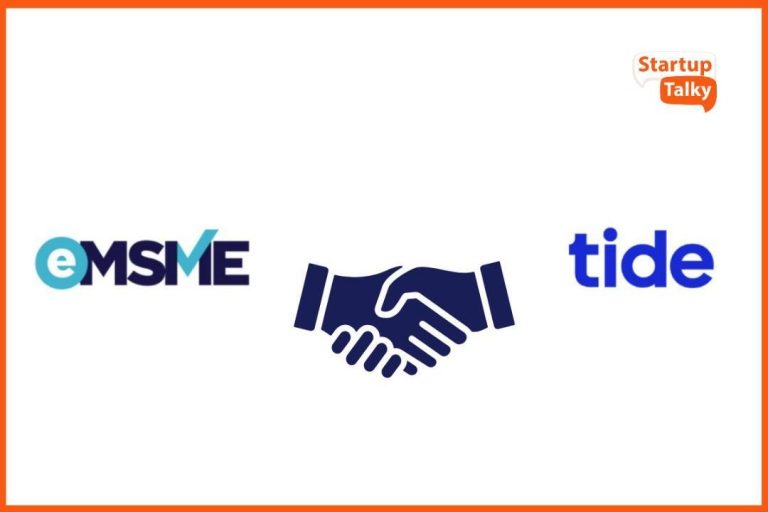
Is GenAI Smart Enough to Avoid Bad Advice?
The advent of Generative Artificial Intelligence (GenAI) has revolutionized the way businesses operate, providing unparalleled speed and accuracy in generating insights and making recommendations. However, as we rely more heavily on GenAI, it’s crucial to examine whether it’s capable of avoiding bad advice or producing misleading information. The answer lies in understanding the limitations of GenAI and implementing necessary safeguards to ensure that the insights provided are reliable and trustworthy.
The Limitations of GenAI
GenAI is designed to process vast amounts of data and generate outputs quickly, often in a matter of seconds. This speed can be both a blessing and a curse. On the one hand, it enables businesses to make rapid decisions and respond to changing market conditions. On the other hand, it can lead to surface-level answers or hallucinated facts, which may not be entirely accurate. Without the right human guardrails, insights generated by GenAI can be misleading, leading to poor decision-making and potentially catastrophic consequences.
The Risks of Unchecked GenAI
One of the primary concerns with GenAI is its potential to amplify existing biases. If the data used to train the AI model is biased, the output will likely reflect those biases, leading to unfair and inaccurate recommendations. For instance, a GenAI system trained on historical data may perpetuate stereotypes or discrimination, which can have devastating consequences for businesses and society as a whole.
Another risk is the potential for GenAI to generate hallucinated facts or false information. This can occur when the AI model is presented with incomplete or inaccurate data, which it then uses to generate outputs. In some cases, these hallucinated facts may be convincing enough to be taken at face value, leading to incorrect decisions and actions.
The Need for Human Intervention
While GenAI has the potential to revolutionize the way businesses operate, it’s essential to recognize that it’s not a replacement for human judgment and critical thinking. Human intervention is necessary to validate the data used to train the AI model, ensure bias control, and clarify the sources of the information.
Validating Data
The first step in ensuring that GenAI outputs are reliable is to validate the data used to train the model. This involves checking the accuracy and completeness of the data, as well as ensuring that it’s free from biases and errors. This can be a time-consuming and labor-intensive process, but it’s essential to ensure that the insights generated by GenAI are trustworthy.
Controlling Bias
Controlling bias is another critical step in ensuring that GenAI outputs are reliable. This involves using techniques such as data augmentation, which involves generating new data by applying transformations to existing data, to increase the diversity of the training data. This can help to reduce the impact of biases and ensure that the AI model is more accurate and unbiased.
Clarifying Sources
Finally, it’s essential to clarify the sources of the information generated by GenAI. This involves providing transparency around the data used to train the model, as well as the methodology used to generate the outputs. This can help to build trust in the AI model and ensure that users understand the limitations of the insights generated.
Conclusion
In conclusion, while GenAI has the potential to revolutionize the way businesses operate, it’s essential to recognize that it’s not a replacement for human judgment and critical thinking. Human intervention is necessary to validate the data used to train the AI model, ensure bias control, and clarify the sources of the information. By implementing these safeguards, businesses can ensure that the insights generated by GenAI are reliable and trustworthy, and that they’re making informed decisions based on accurate information.
About the Author
[Your Name] is a seasoned consultant with over a decade of experience in the field of artificial intelligence. He has worked with numerous businesses to implement AI solutions and has a deep understanding of the potential benefits and limitations of GenAI.
Source
https://www.growthjockey.com/blogs/consulting-in-the-age-of-generative-ai






